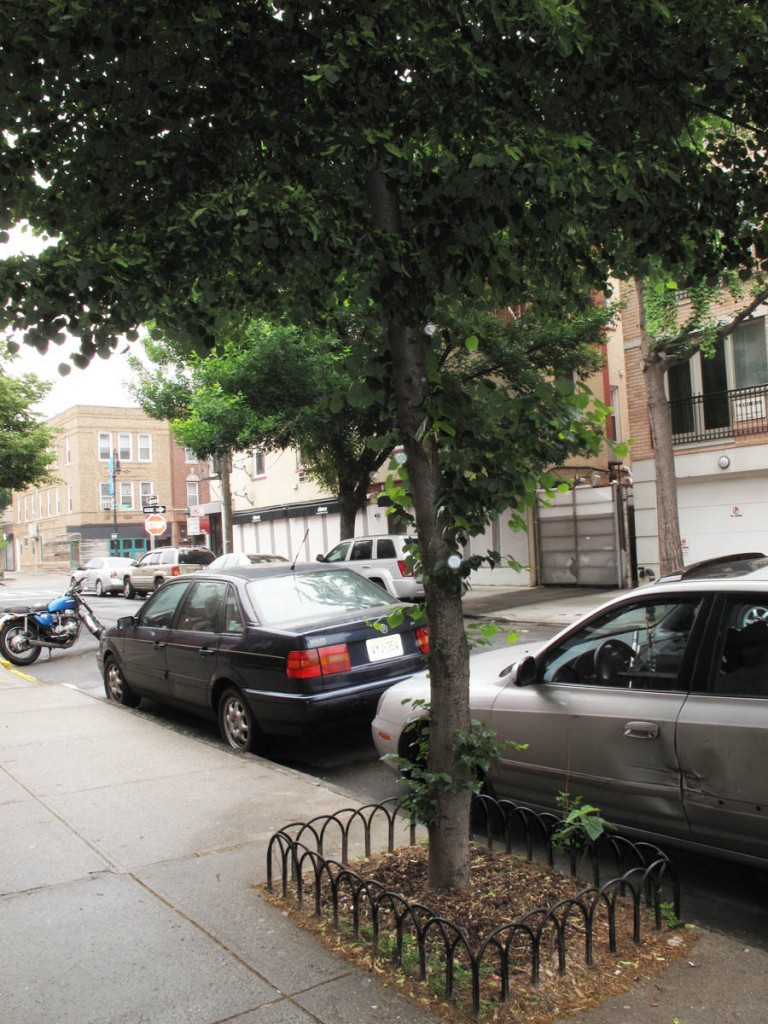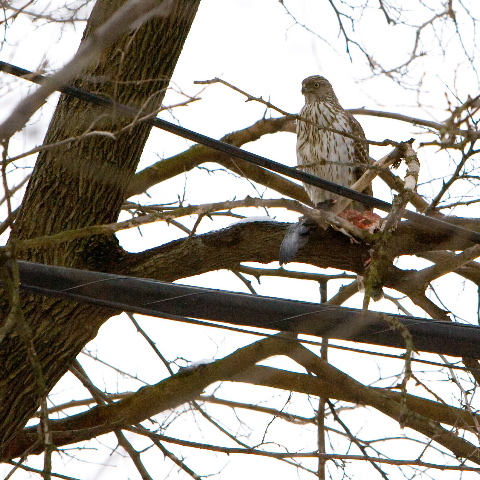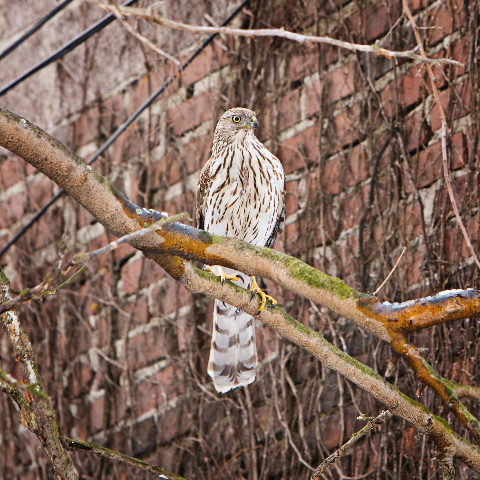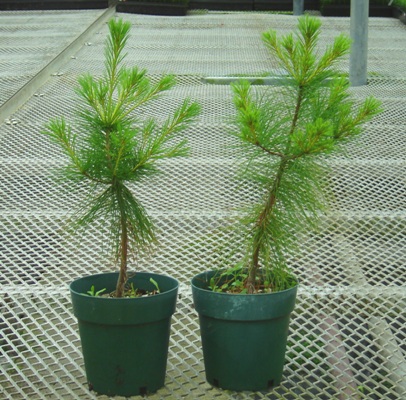A lot of trees have been planted in my neighborhood lately. It is a part of MillionTreesNYC, which is an initiative with NYC Parks and New York Restoration Project. They aim to plant 220,00 street trees, 380,000 trees in parks and 400,000 will come from private organizations and homeowners.

We have a little tree outside our apartment building and I was inspired by seeing all of these new trees to take better care of it. I started by dumping several buckets of worm-filled compost in the pit around the tree. When I watered it, the water just ran off the compacted soil. So I figured I needed a better idea of how to care for my urban street tree. I found some great information on the NY Parks and Rec site as well as the Brooklyn Botanical Garden’s Greenbridge site. Below is a summary of what I learned.
1) Loosen up the soil- With a hand cultivator (the hand tool that looks like a 3-pronged claw, loosen up the top 2-3″ of soil. Most city tree soil gets compacted, which prevents water and air from reaching the roots. Dig up any weeds that will compete with the tree for nutrients.
2) Flush the soil- In the spring, water the tree well to remove road/sidewalk salt that might have accumulated. Also try and keep animals out as much as possible. Dog urine can throw off the soil nutrients and burn the tree trunk.
3) Amend the soil- Add a 2-3″ layer of mulch around (but not touching) the tree. The mulch is great at preventing weeds, keeping the soil below it moist and slowly breaking down into nutrient-rich compost. The mulch looks nice and lets neighbors know that you are taking care of your tree. In other words, it might deter people from tossing their trash in your tree pit.
4) Water your tree- The area around a tree that allows water in is quite small for the amount of water a tree needs to flourish. Water newly planted trees about 10-15 gallons a week. Mature trees need about 8-10 gallons a week during periods when it hasn’t rained.
5) Plant flowers- You need to be careful not to harm the tree when you plant around it. Digging in the pit can damage roots. Raising the soil level against the tree’s trunk can cause it to rot or prevent air from reaching the roots. However, you can plant flowers or plants with shallow roots that won’t disturb the tree. Brooklyn GreenBridge recommends: small annuals like impatiens, or perennial groundcovers like bugleweed (Ajuga reptans) or periwinkle (Vinca minor)—avoid ivy. Small bulbs are good too: try crocus, miniature daffodils, or glory-of-the-snow (Chionodoxa species).
An urban tree has a lot stacked up against its survival – air pollution, car doors, dog pee, bicycles chained up to them as well as limited space for them to grow and get their water. Any help we can give them will help them to thrive.





